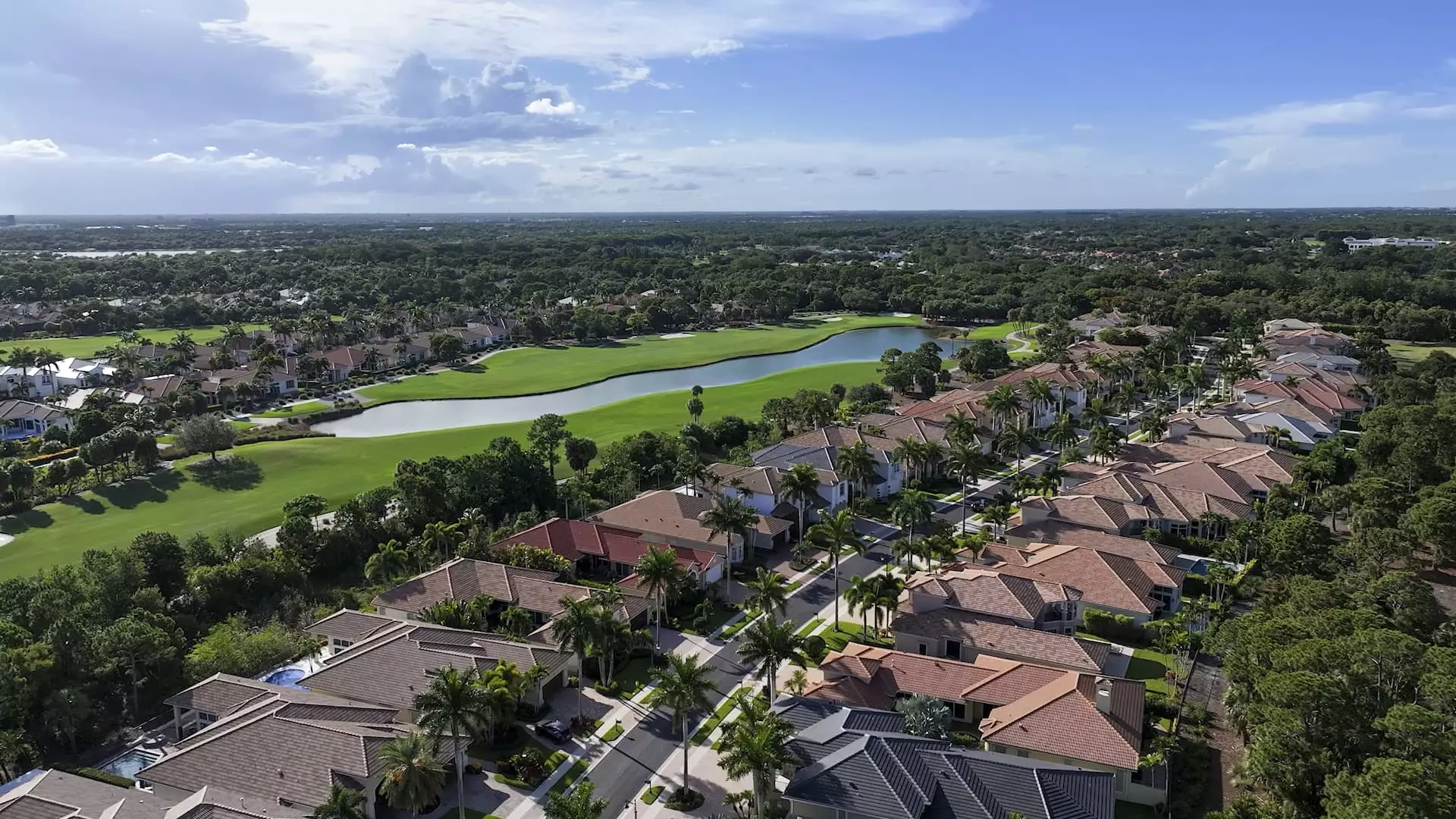Gated communities have long symbolized status, security, and an idealized lifestyle—yet beneath the surface lies a complex reality that often contradicts their allure. These enclaves, particularly in states like Florida and California, capitalize on environmental appeal and tax advantages to attract residents seeking refuge from urban chaos. While the picturesque landscapes and luxurious amenities promise tranquility, they also perpetuate a myth of safety that is increasingly questionable. The societal division they foster is more about class separation and exclusivity than genuine community well-being.
The Evolving Purpose of Gated Living
Initially designed as fortresses for retirees or the ultra-elite, these enclaves have broadened their appeal, accommodating a wider economic spectrum. Today’s gated communities are marketed as lifestyle hubs featuring golf courses, water access, and concierge services. However, the emphasis on amenities frequently distracts from the core issue: do these gates truly enhance security, or do they serve more as symbols of status? In many American neighborhoods, gates function less as barriers against crime and more as markers of social stratification. Security measures are often superficial, with some gates unmanned or merely ornamental, questioning whether their primary function is protection or status display.
The Hidden Costs of Exclusivity
Living behind gates comes at a premium, with homes priced 5-20% higher than comparable properties outside these enclaves. This added expense isn’t limited to the home’s purchase price; homeowners are subject to hefty HOA fees and additional dues for community amenities. For example, some communities demand thousands of dollars annually and quarterly fees that can stretch into the thousands. While these fees guarantee high-quality upkeep and exclusive facilities, it raises the issue of affordability and community homogenization. The assumption that wealthier residents are inherently safer or happier in these enclaves neglects the broader societal consequences—such as fostering social segregation and eroding a sense of shared community.
Security Myths and Societal Impacts
Contrary to popular belief, gated communities do not necessarily guarantee safety from crime. In the United States, rates of violent crime are relatively lower than many other nations, diminishing the perceived need for heavy security measures. Gated entries, whether manned or automated, serve more to manage access and reinforce exclusivity than to prevent criminal activity effectively. Moreover, the social impact of fostering gated enclaves is profound. It creates physical and psychological barriers that deepen inequalities, isolating residents from the broader community and reinforcing class divides. Such segregation, under the guise of security, ultimately undermines the inclusive fabric of American society.
The Fragile Illusion of Sanctuary
In the end, gated communities offer a carefully curated version of safety and luxury—a curated bubble that appeals to our desire for control and status. Yet, they do little to address the root causes of societal insecurity or inequality. Instead, they deepen divisions, reinforce societal hierarchies, and foster a false sense of protection that can overlook underlying vulnerabilities. Even with their high property values and glossy images, these enclaves remain fragile bubbles, vulnerable to economic downturns and shifting social dynamics. The promise of security they sell often isn’t more than a carefully managed illusion—one that some are willing to pay dearly for at the expense of broader societal cohesion.

